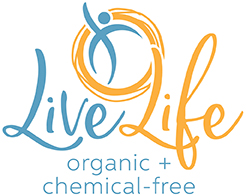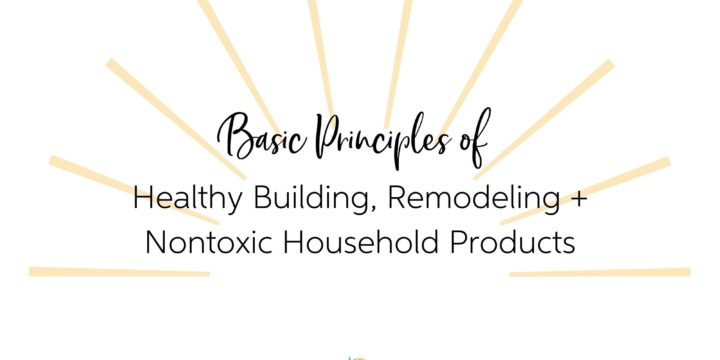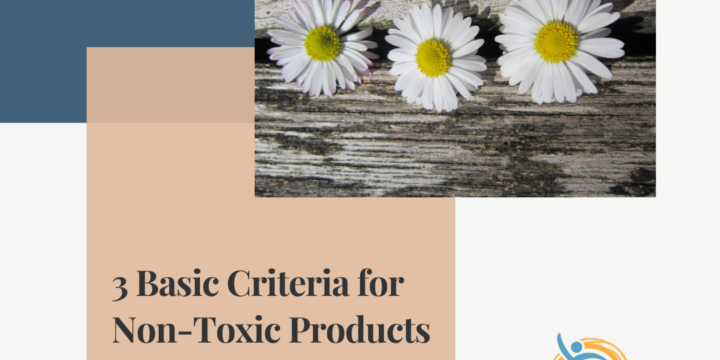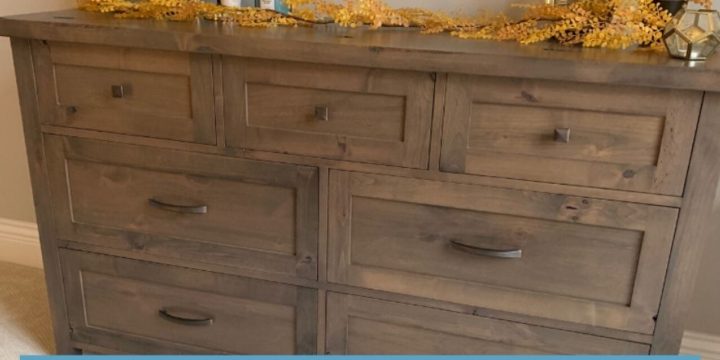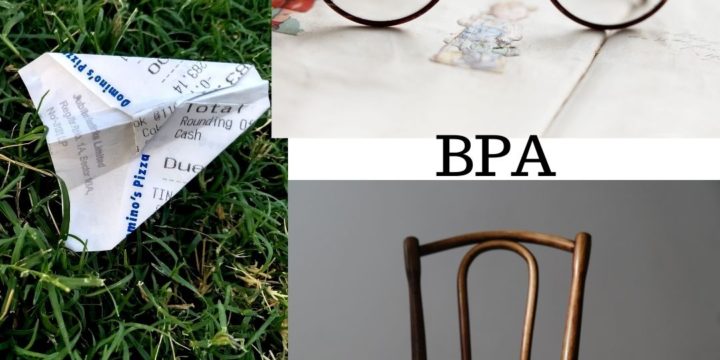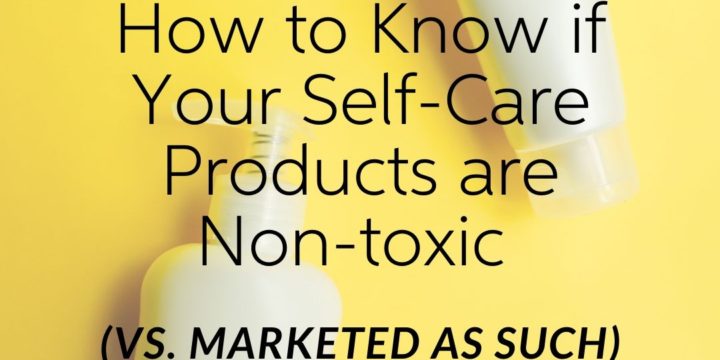Curious Questions: Your Healthy Home
When creating your healthy home, which includes remodeling, building and putting healthy household products into our homes, it can feel overwhelming. When we break it down into small steps and follow our deepest desires, the whole process can feel fun and enjoyable, even a little game-like. Below are some curious questions that you can ask yourself to help realize your deepest desires or needs for your healthy home environment. What if you could get rid of inflammation all the time? What if bad allergies, MCS, and chronic illnesses could be healed? What feels fun to do right now? What is your deepest desire? What will you be updating or remodeling in the near future? What is worn out and needs replacing? What small step can you take today that feels…
